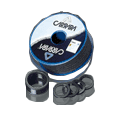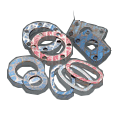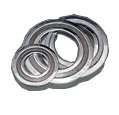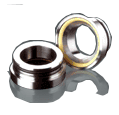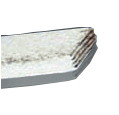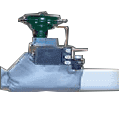Common Installation Mistakes to Avoid
Installing a gasket seems like pretty straightforward work, right? Well, evidently, this isn’t the case. We often hear of nightmare gasket installation stories where something went horribly wrong, or started out wrong, costing time and money to go back and fix. Here are some common mistakes to avoid when installing gaskets:
Failure to check the rest of your parts
When you take apart a component to install a new gasket, you should be checking the rest of the parts in case they’re damaged or warped. There’s no point in buying a brand new gasket if there’s something else that’s wrong with your machinery. Check everything meticulously before install a new gasket.
Incorrect size
You’d be surprised how often this is the case. One of the best ways you can ensure you’re buying the exact size of gasket you need is to cross-check the part numbers. If you don’t have the part number of your gasket, call up the team at Steamline and they’ll work out a solution for you. But whatever you do, don’t buy a gasket based purely on the fact that it looks the same as the one you need!
Not cleaning the bolt holes
Cleaning the bolt holes before you install a new gasket is an essential part of the process. Make sure that the bolt threads and the holes of the bolt threads aren’t dirty or galled – otherwise, your gasket won’t be able to be tightened properly.
Incorrect placement
Gaskets aren’t like Tetris blocks: there’s only one way that they can be installed which is correct. It’s a common mistake to install a gasket the wrong way, or to install it with missing pins, which leads to the gasket becoming misaligned.
Bolts and fasteners tightened incorrectly
Make sure you’re following the correct sequence of tightening the bolts and fasteners when installing a gasket. If you don’t follow the correct sequence, this could lead to misalignment of the gasket – all because of a very simple little mistake!
Improper use of lubrication
You could absolutely nail the sizing, placement and tightening of the bolts to your gasket… but if you don’t get the lubrication process right, then you’re back to step one. Never use sealers or lubricants where you shouldn’t: rubber gaskets, for example, should never need lubricants or sealants. On the other hand, always lubricate or seal where it is necessary – just consult the gasket experts at Steamline Engineering if you’re unsure.
Steamline Engineering are Australia’s specialist team for gaskets, pump packing materials, thermal seals and more. They make sure your equipment runs in the smoothest, most efficient way possible with their high quality products. Talk to the team at Steamline Engineering about investing in a high quality gasket, made from materials such as graphite, PTFE, millboard and more.



